lol. Wait...you're serious? Nigga please.
.......
Your attitude sucks. Period.
And it sucks even more because you can't handle someone else's experience/opinion and get hung up on one sentence I quoted from an article.
lol. Wait...you're serious? Nigga please.
.......



 road whenever possible and if you notice there was no cursing or childish explicit name calling in any of my posts but we can't say the same unfortunately for gingerale I'm afraid and he really does have a mega bad attitude. (it's not the first time)
road whenever possible and if you notice there was no cursing or childish explicit name calling in any of my posts but we can't say the same unfortunately for gingerale I'm afraid and he really does have a mega bad attitude. (it's not the first time)
 I will say this though, some people here like to disagree and argue with others like gingerale for instance and unfortunately it does very much turn into a cock measuring match with his cursing & name calling whenever he gets involved in a discussion. He is a noob and he does have a bad attitude, none of us here like it and I don't think it really is a good representation of the general goodwill & positivity here amongst us all that we try to maintain on ICM.
I will say this though, some people here like to disagree and argue with others like gingerale for instance and unfortunately it does very much turn into a cock measuring match with his cursing & name calling whenever he gets involved in a discussion. He is a noob and he does have a bad attitude, none of us here like it and I don't think it really is a good representation of the general goodwill & positivity here amongst us all that we try to maintain on ICM. 

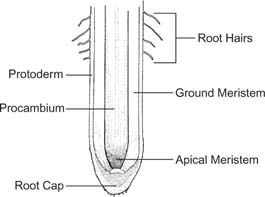
i clone into red cups full of coir. drill out a whole stack at a time with a cordless.
i wonder if there is some SOLO cup exec who would kill for this demographic info.
......
Exposing the roots to excessive light - especially blue or UMV light - kills the end caps and exposes the apical tip, which stops mucigel production and excrement resulting in stunted root/plant growth and inhibited water/nutrient uptake.





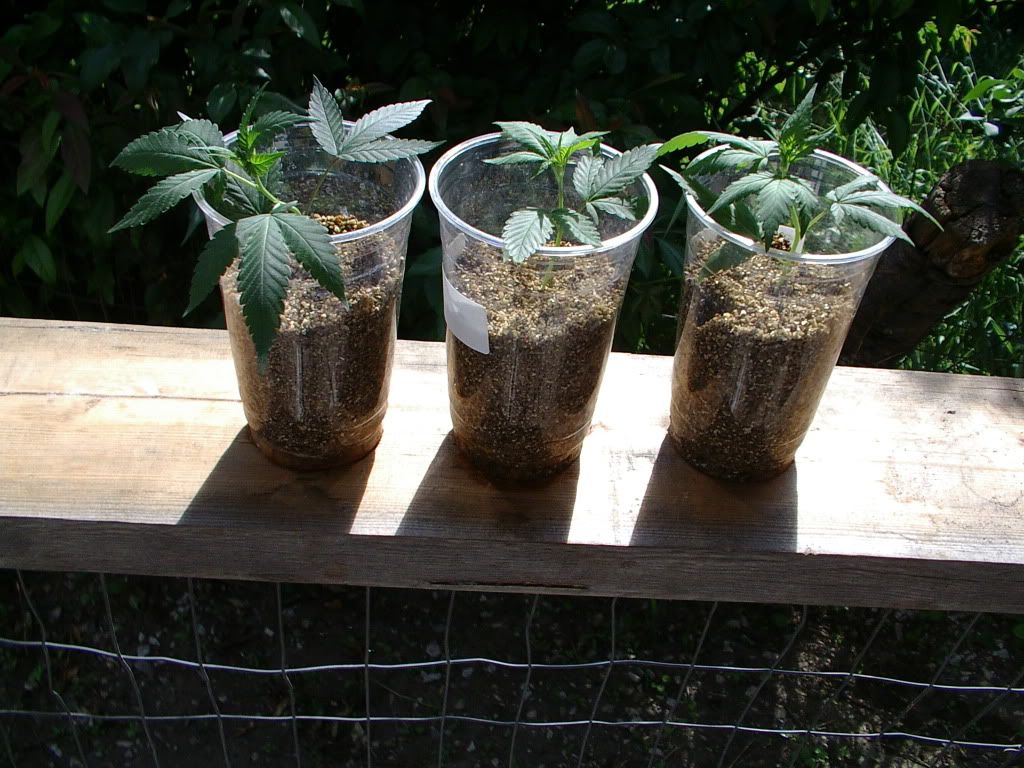
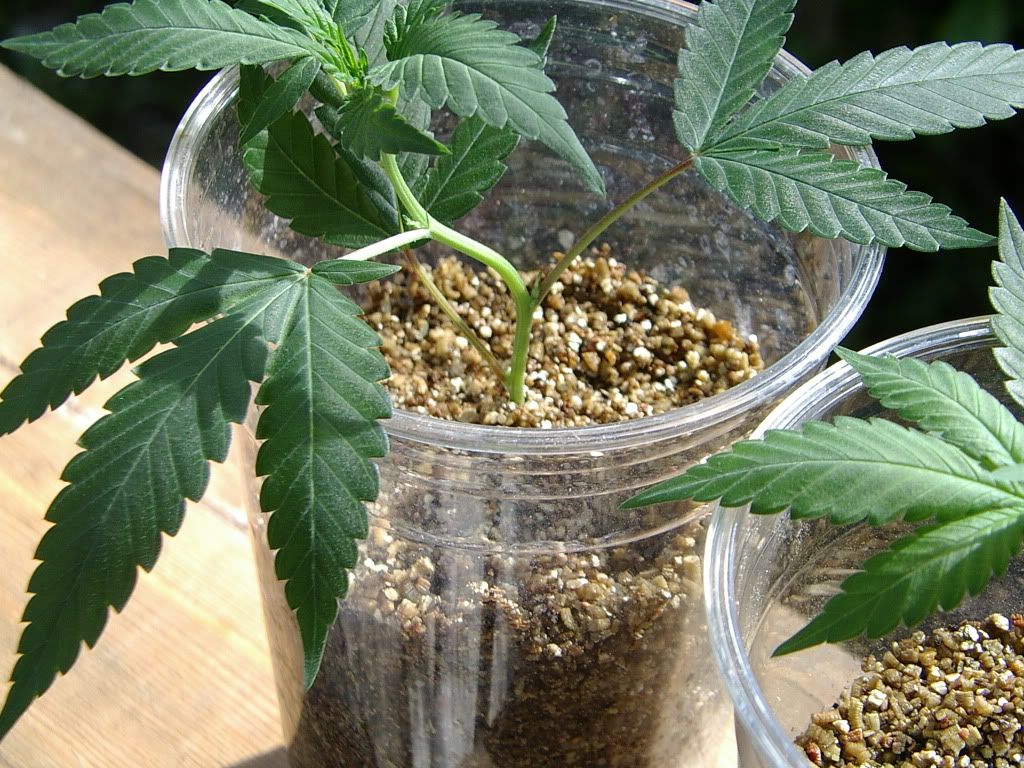
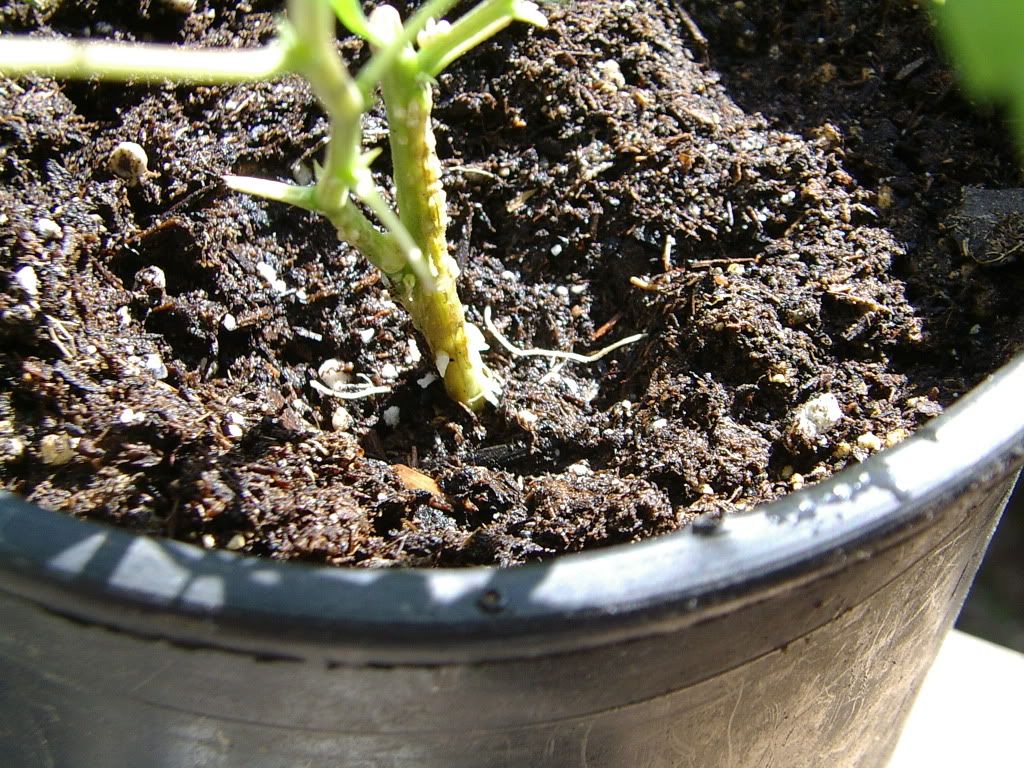
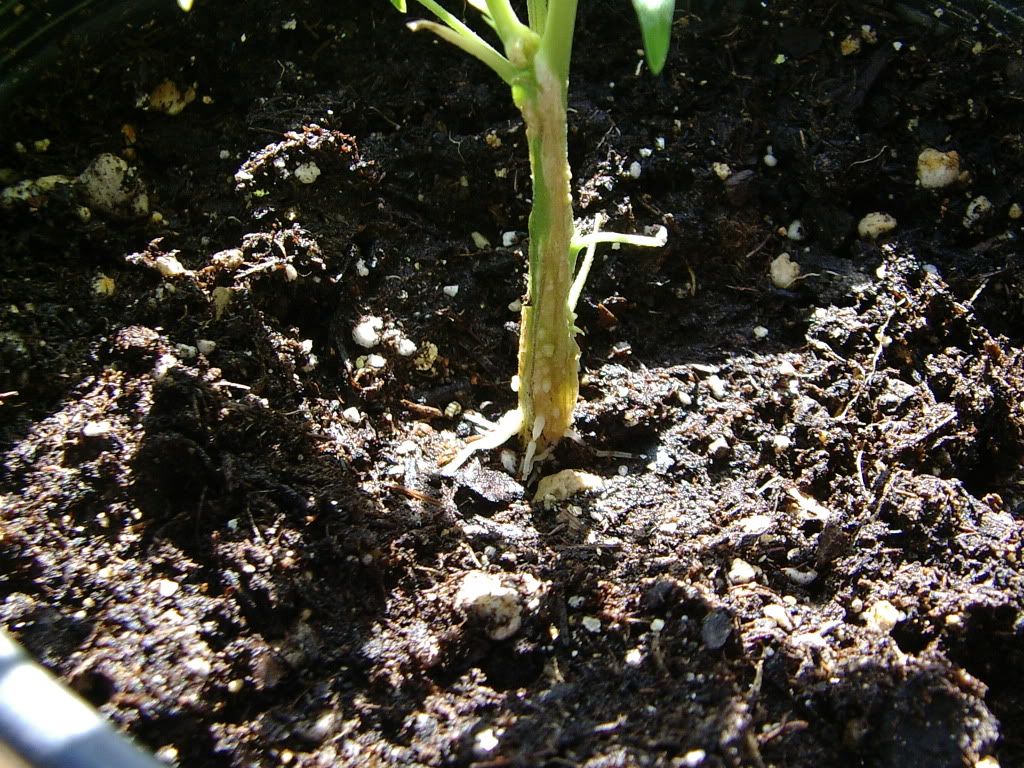
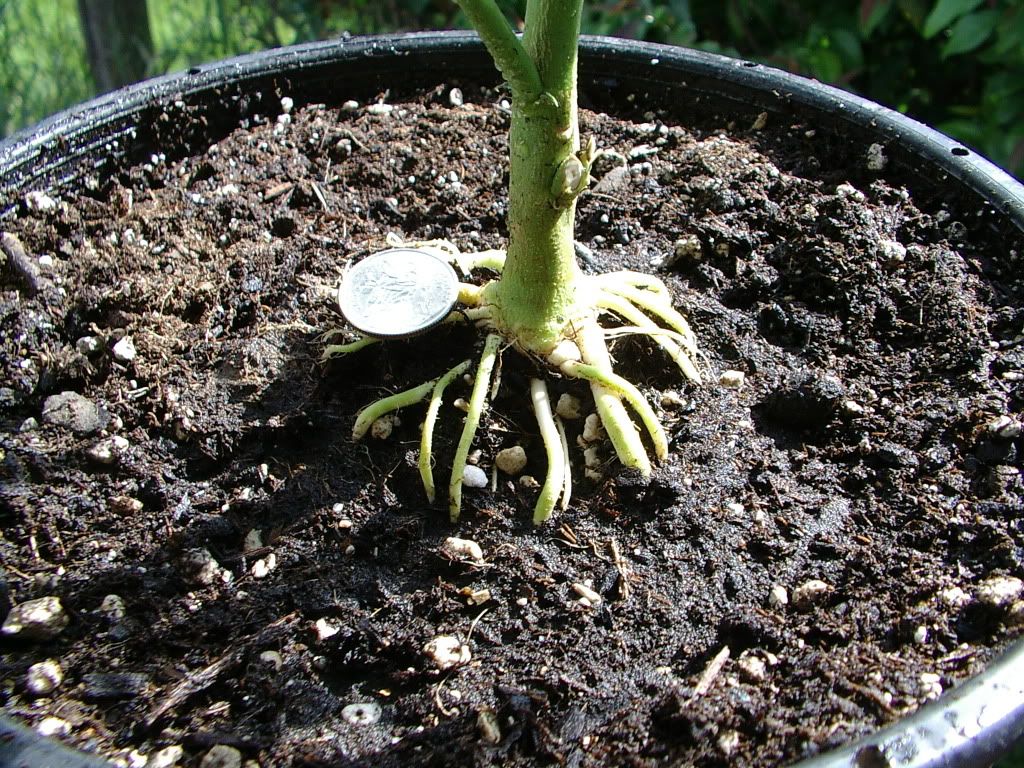
Wow great pics & quality post, +K
This is the same kid that not long ago was telling me he only ever grew bagseed before. Hilarious!
(exposing roots to light is) not a best practice & it can cause issues there is no question about it and this is well known & very old quality information most experienced growers already know.
Why are 99% of all pots, growbags, and any and all various grow containers & grow systems fully opaque and designed to block out light from the roots?